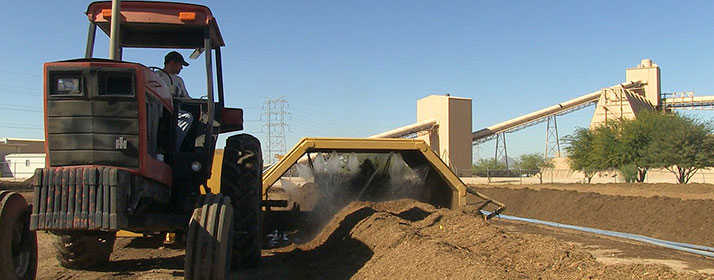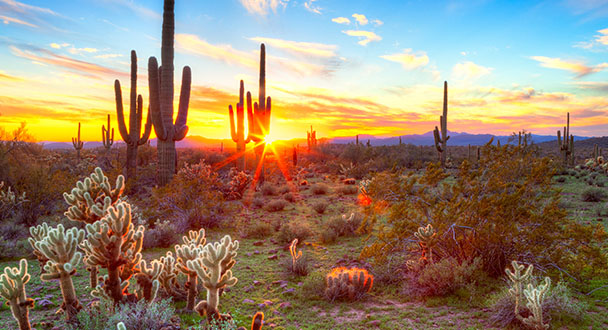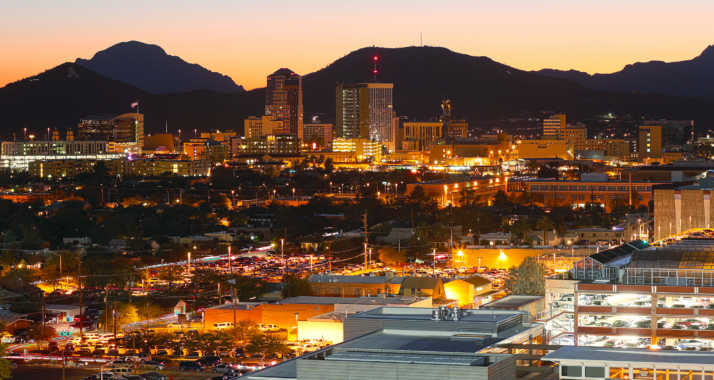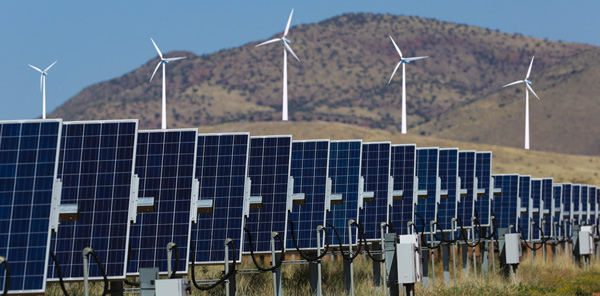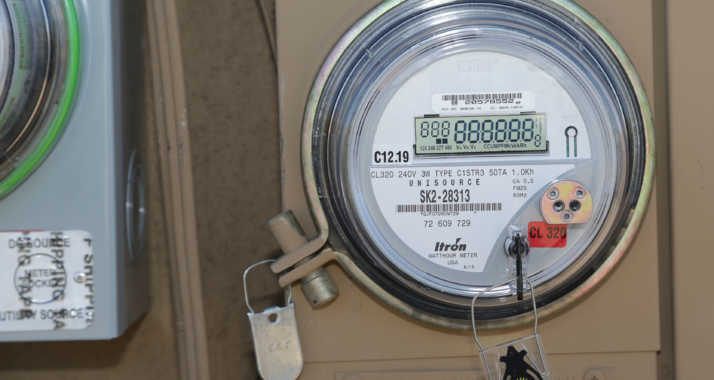

Tucson Electric Power partners with the wildlife rescue, rehabilitation and relocation group Wild At Heart to create new homes for burrowing owls that have lost their habitat due to home construction.
The partnership began in 2003, near the height of Tucson’s housing boom, to restore migratory bird habitat that had become threatened. The burrowing owl species is endangered in Canada, threatened in Mexico and a species of special concern in most of the West, including Arizona.
Burrowing owls live underground, which makes them especially vulnerable to land development. The owls do not dig their own burrows, rather they live in those deserted by other animals such as squirrels, foxes and badgers.
Because they have a number of predators, burrowing owls prefer burrows in areas with 360-degree views. The land surrounding TEP’s H. Wilson Sundt Generating Station in Tucson has little infrastructure and allows the owls a clear view of approaching predators.
“Power plants can be conducive to all sorts of wildlife,” said Mary Fosdick, TEP Senior Chemical & Environmental Engineer. “In addition to burrowing owls, great-horned owls, red-tailed hawks and ducklings live and thrive on our property.”
Working with Wild At Heart, more than 30 TEP volunteers pitched in over four days to create burrows at five different sites around the generating station. They dug groupings of four holes at each site, creating burrows by installing five-gallon buckets upside down in the ground and tunneling corrugated hose in an “L” shape from the nesting chamber to the surface.
Wild At Heart released 50 owls there, first into tents over the holes, where they were given food, water and time to adapt to their new homes.
Over the years, the Arizona Game and Fish Department has observed and studied the owls. It put cameras in the burrows and documented the offspring, one year finding as many as five baby owls in a single bucket. The current owl population fluctuates each year, but it remains about 10 to 15 owls.
Not only does TEP provide one of the biggest relocation sites in the Tucson area, its employees have volunteered time and equipment to dig burrows at other sites, including the Ajo retention basin and near the company’s Springerville Generating Station in Springerville, Arizona.

